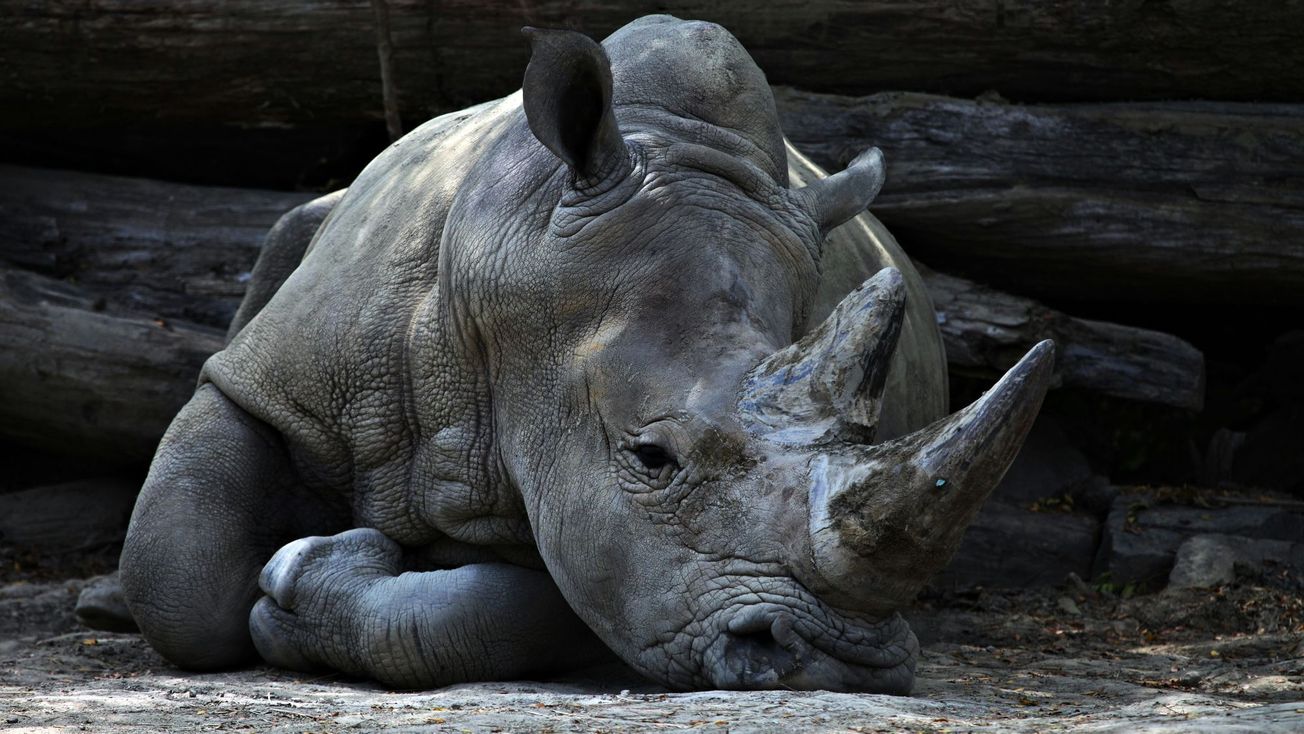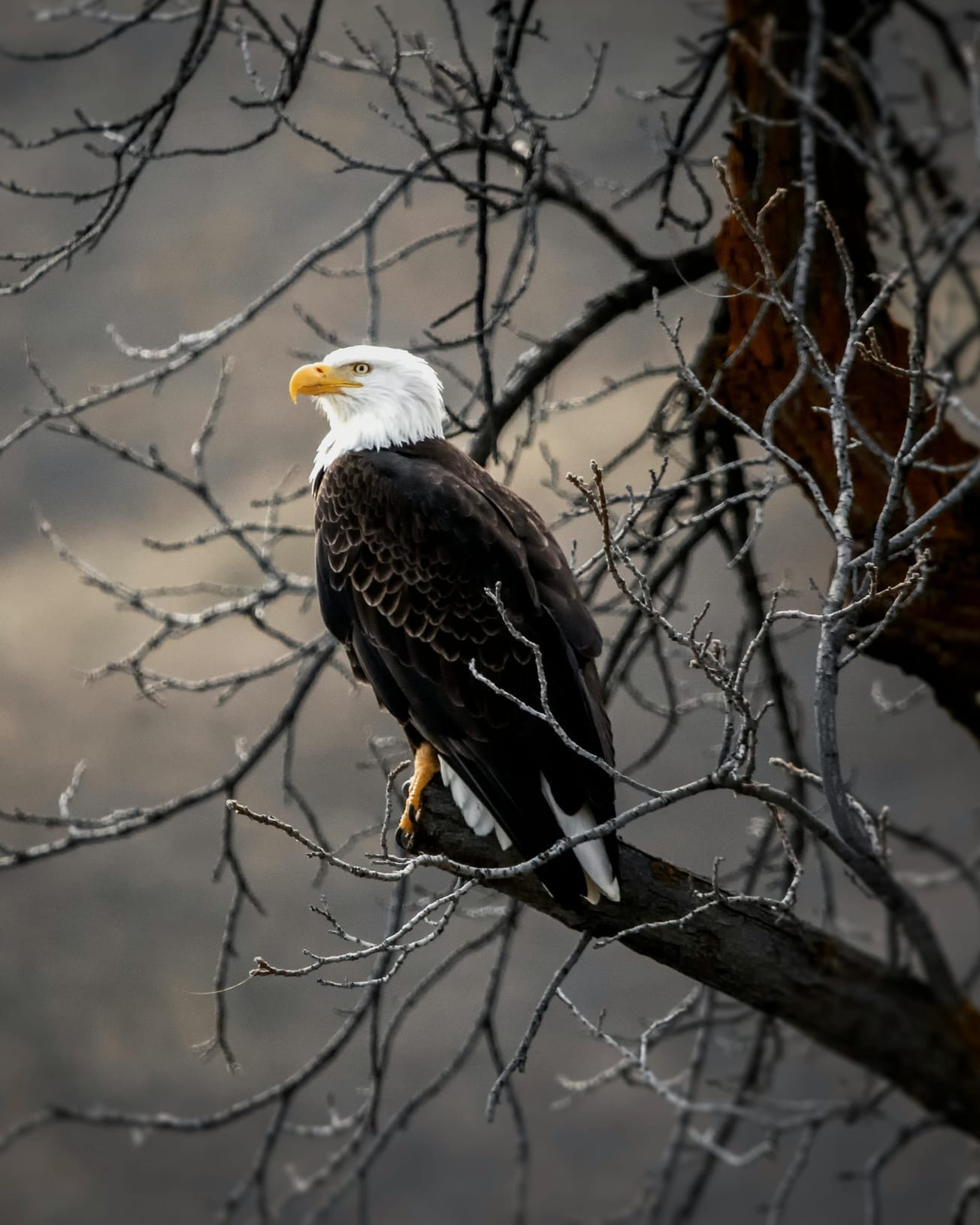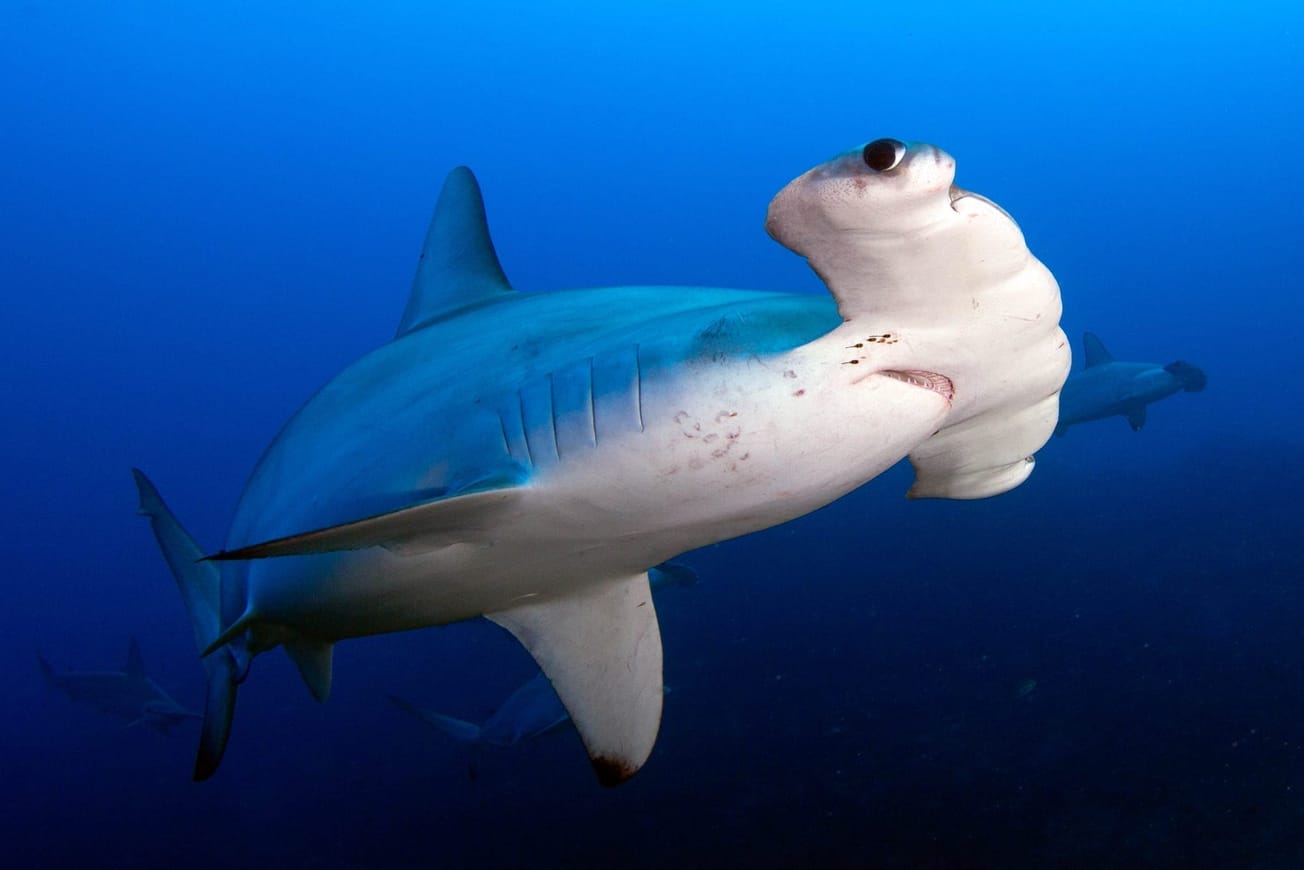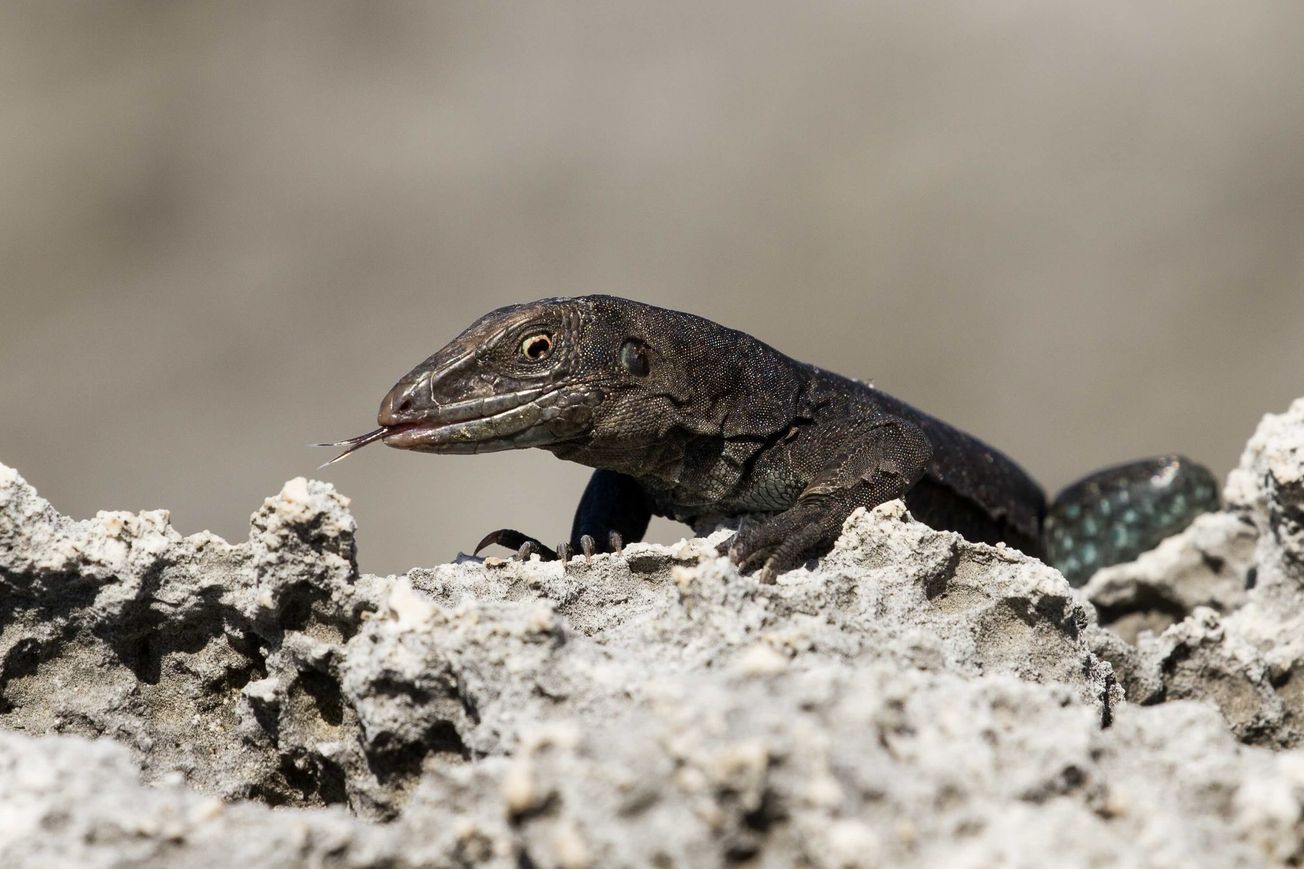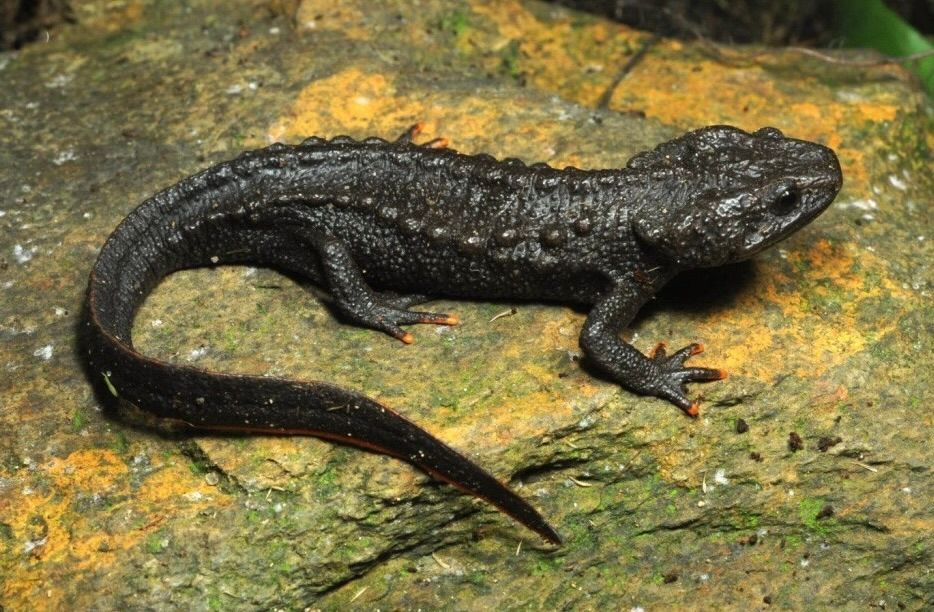Photo by Ashes Sitoula
It is now 2025, and among the numerous animals on the brink of extinction, none command quite as much urgency—or carry as much ecological importance—as the rhinoceros. Across Africa and Asia, these ancient creatures face unrelenting threats that have pushed some of their species to the brink of extinction. From organized poaching to habitat loss, rhinos are besieged on every front. According to the 2024 State of the Rhino report by the International Rhino Foundation (IRF), there are fewer than 28,000 rhinos total left in the wild across all five existing species. The notion that rhinos might be the most critically endangered animals in the world today is not just a dire warning; it’s a call for action.
For those who care about preserving the incredible biodiversity of our planet—and for those who simply appreciate the raw magnificence of these gentle giants—now is the time to be raise awareness to their plight and aid in the efforts to save them.
Let’s explore each rhino species one by one, using the latest data from the 2024 State of the Rhino report. But first, let’s set the stage with a brief overview of why rhinos matter and how we arrived at this precarious juncture.
The Global Rhino Crisis: A Brief Overview
Rhinos have roamed our planet for over 40 million years, surviving ice ages, predatory pressures, and dramatic changes in climate. Their large size, distinctive horn, and remarkable tenacity have captured the human imagination for centuries. Yet in the last few decades, human activities—from organized poaching syndicates to rapid habitat destruction—have decimated rhino numbers.
The five remaining species and their conservation status
1. White Rhino (Ceratotherium simum) – Near Threatened
2. Black Rhino (Diceros bicornis) – Critically Endangered
3. Greater One-horned Rhino (Rhinoceros unicornis) – Vulnerable
4. Javan Rhino (Rhinoceros sondaicus) – Critically Endangered
5. Sumatran Rhino (Dicerorhinus sumatrensis) – Critically Endangered
Collectively, these species total fewer than 28,000 animals in the wild. Poaching remains the single greatest threat, fueled largely by the black-market demand for rhino horn, which some buyers erroneously believe to have medicinal properties. The situation has grown so dire that a rhino is poached every 15 hours in Africa. Despite this grim reality, conservationists persist with innovative strategies and sheer determination, offering rays of hope in an otherwise dark landscape.
White Rhino
Near Threatened but Growing Again
Population and Status
- Estimated population (2024): 17,464
- Global Range: 11 African countries
- Threats: Poaching, habitat degradation, political instability
The white rhino is the most populous rhino species in the world today. Historically, this species made a remarkable comeback from fewer than 100 individuals at the start of the 20th century to over 21,000 by 2012. However, from 2012 to 2021, the white rhino population declined by an alarming 24%, largely because poachers focused on them due to their relatively larger numbers.
According to the latest findings in the 2024 State of the Rhino report, white rhinos have shown a modest but meaningful resurgence, with an additional 3.4% increase since 2023—bringing the total to 17,464. This improvement has been noted particularly in certain South African reserves, where ongoing dehorning strategies and the dismissal or arrest of corrupt park officials have helped mitigate losses. Still, poaching syndicates remain well-financed and adaptable, continuously challenging conservation efforts.
Conservation Highlights
- Dehorning Programs: Removing a rhino’s horn might seem extreme, but it significantly reduces the incentive for poachers, often saving the animal’s life.
- Anti-Corruption Initiatives: In places like Kruger National Park, authorities have started to root out corruption among staff, setting a benchmark for other parks worldwide.
- Reproductive Technologies: Efforts are underway to save the functionally extinct Northern White Rhino through in vitro fertilization and other advanced reproductive methods.
Black Rhino
Critically Endangered After Recent Decline
Population and Status
- Estimated population (2024): 6,421
- Global Range: 12 African countries
- Threats: Intense poaching pressure, habitat fragmentation
The black rhino has faced a turbulent history, with numbers plummeting from around 100,000 in the 1960s to a mere 2,300 in the mid-1990s. Decades of concerted conservation efforts managed to stabilize and even slowly increase the population, culminating in a nearly 28% overall increase in the past decade.
Yet the 2024 State of the Rhino report reveals that black rhino numbers dipped by 1% last year—the first recorded decline since 1995. The heaviest poaching occurred in Namibia and in South Africa’s Hluhluwe iMfolozi Park. Although a 1% decrease might not sound catastrophic, it serves as a critical reminder that the species can ill-afford any backslides.
Conservation Highlights
- Intense Protection and Monitoring: Anti-poaching teams and local community partnerships remain central to black rhino conservation.
- Habitat Expansion: Translocating black rhinos to safer, well-managed areas helps promote genetic diversity and population recovery.
- Community Engagement: Educating and empowering local communities through eco-tourism, employment, and awareness programs have proven beneficial in reducing poaching incentives.
Greater One-horned Rhino
A Vulnerable but Rising Success
Population and Status
- Estimated population (2024): 4,014
- Global Range: Primarily India and Nepal, occasional sightings in Bhutan
- Threats: Poaching, invasive plant species, climate change impacts
The greater one-horned rhino, also known as the Indian rhino, has been a resounding conservation success story. Once reduced to fewer than 100 animals a century ago, they now number roughly 4,014, representing a 20% increase over the past decade. This resurgence can be attributed to effective government protection, community-based conservation, and habitat restoration efforts.
The latest news from the 2024 State of the Rhino report highlights how invasive plant species continue to threaten habitat quality, reducing the availability of native grasses and other essential food plants. Additionally, stronger monsoon seasons triggered by climate change could force rhinos out of their traditional ranges, exacerbating human-wildlife conflict.
Conservation Highlights
- Trans-boundary Cooperation: Bhutan, India, and Nepal have collaborated to manage cross-border rhino movements, ensuring wide-ranging herds remain protected.
- Reintroduction Efforts: Greater one-horned rhinos have been reintroduced to areas where they were once extirpated, such as parts of Assam.
- Habitat Management: Projects focusing on removing invasive species and protecting floodplains from development have helped secure the rhino’s future.
Javan Rhino
Critically Endangered After Shocking Poaching Discovery
Population and Status
- Estimated population (2024): 76 (though possibly as low as 50)
- Global Range: Confined to Ujung Kulon National Park, Indonesia
- Threats: Poaching, natural disasters, and limited genetic diversity
Arguably the rarest large mammal on Earth, the Javan rhino once ranged across Southeast Asia. Since Vietnam’s last Javan rhino died in 2011, the species has been confined exclusively to Indonesia’s Ujung Kulon National Park (UKNP). The protected area was once hailed as a safe haven—until the shocking news broke this year that poachers had killed as many as 26 Javan rhinos between 2019 and 2023.
If those official numbers are accurate, the population could be down to around 50 individuals, underscoring the species’ fragility. Ujung Kulon’s dense jungle habitat makes it difficult to obtain precise counts, and this new poaching revelation has alarmed conservationists worldwide.
Conservation Highlights
- Legal Enforcement: Indonesian authorities have made significant arrests, sentencing one poacher to 12 years in prison—the harshest wildlife sentence in the country’s history.
- Strict Protection Measures: The Fully Protected Area (FPA) system and an Integrated Protected System (IPS) are in development, aiming to close security gaps.
- New Births: Encouragingly, a new female Javan rhino calf was recently documented, indicating that despite the poaching crisis, the species is still reproducing.
Sumatran Rhino
The Enigmatic Survivor
Population and Status
- Estimated population (2024): 34–47 individuals
- Global Range: Four isolated populations in Indonesia (Sumatra and Borneo)
- Threats: Habitat destruction, low genetic diversity, elusive behavior hindering monitoring
The Sumatran rhino is a relic from prehistoric times—a hairy rhino known for surviving in dense jungles that hide them from both predators and scientific observation. Official estimates from the Indonesian government suggest up to 80 might remain, but the International Union for Conservation of Nature (IUCN) and other organizations propose a figure as low as 34–47 individuals. The truth is uncertain, magnified by the fact that direct sightings or even indirect signs (like footprints) are becoming increasingly rare.
In 2023, a much-needed positive development occurred: two Sumatran rhino calves were born at the Way Kambas National Park Sumatran Rhino Sanctuary. This success is a testament to ongoing breeding efforts, which aim to create a robust “insurance” population. While no poaching incidents have been confirmed for over a decade, there is still a risk that undiscovered poaching could be chipping away at these rhinos.
Conservation Highlights
- Breeding Programs: The Sumatran Rhino Sanctuary, which has produced five calves in total, continues to pioneer captive breeding.
- Assisted Reproductive Technology (ART): Indonesian authorities are implementing advanced fertility techniques, hoping to boost birth rates.
- Habitat Protection: Given their elusive nature, protecting large tracts of tropical forest remains paramount to safeguarding any remaining wild individuals.
Securing a Future for All Rhinos
Rhinos are, without a doubt, among the most critically endangered animals on the planet in 2025. Each of the five species described here faces its own unique challenges—whether it’s the rampant poaching afflicting white and black rhinos in Africa or the small population size and fragile habitats of Asia’s Javan and Sumatran rhinos. The greater one-horned rhino stands as a beacon of hope, proving that coordinated conservation efforts can indeed reverse catastrophic declines.
Yet, the lessons learned from these successes must be applied globally, across all rhino species. Poaching syndicates evolve quickly, and any perceived sanctuary can be penetrated if anti-corruption and on-the-ground enforcement are not consistent and well-funded. Meanwhile, habitat protection and restoration continue to be essential, particularly in Asia, where invasive plant species and climate change threaten rhinos’ food sources.
The 2024 State of the Rhino report underscores the simple truth that saving a species as large and wide-ranging as the rhino demands collaboration: governments, NGOs, local communities, private landowners, and everyday citizens must all play a part. It also demands continued innovation—whether through technological tools like drones and AI-driven cameras or scientific breakthroughs in reproductive technology.
Ultimately, protecting the world’s rhinos is not merely about safeguarding a single species; it is about preserving the intricate ecosystems in which they play a vital role, supporting the livelihoods of local communities, and honoring the deep cultural and historical significance they hold in numerous societies. If humanity can rally around these magnificent animals, bringing them back from the brink of extinction, we send a powerful message: that we can reverse even our most harmful impacts on the natural world.
A future in which rhinos roam freely, their populations stable and expanding, is within our grasp—provided we act decisively and with unwavering commitment. If we succeed, it won’t just be a victory for conservationists; it will be a victory for all of us who share this planet, benefiting the wealth of biodiversity upon which we all depend.
Source: 2024 State of the Rhino report


